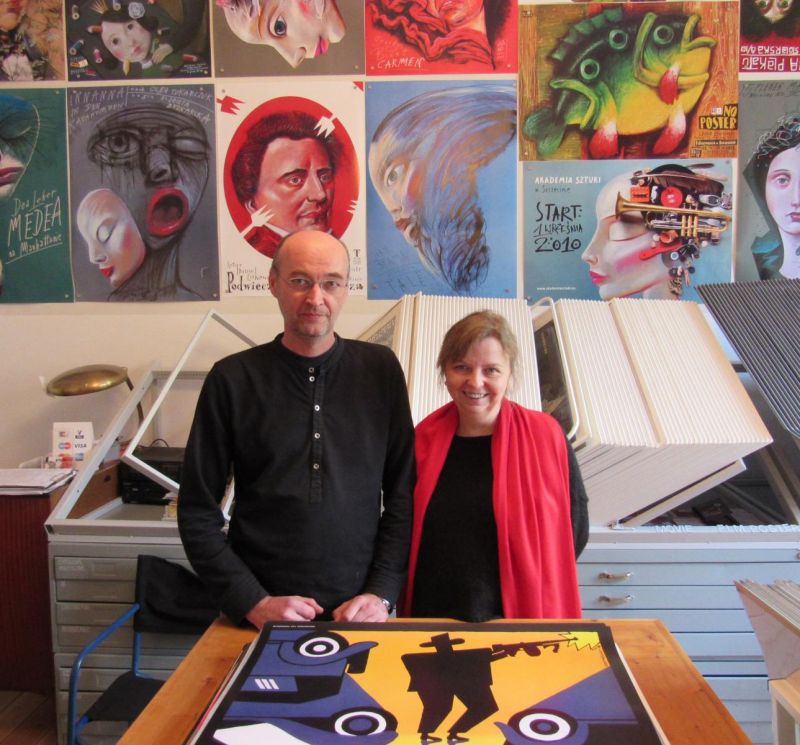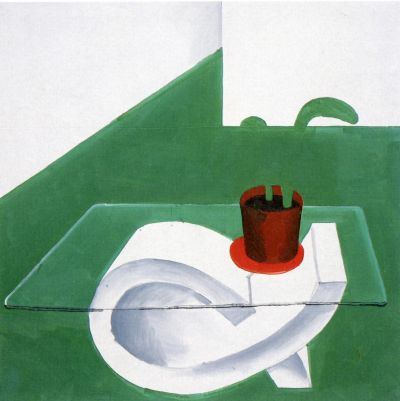The collectors Joanna and Mariusz Bednarski talk about Polish poster art
Mediathek Sorted











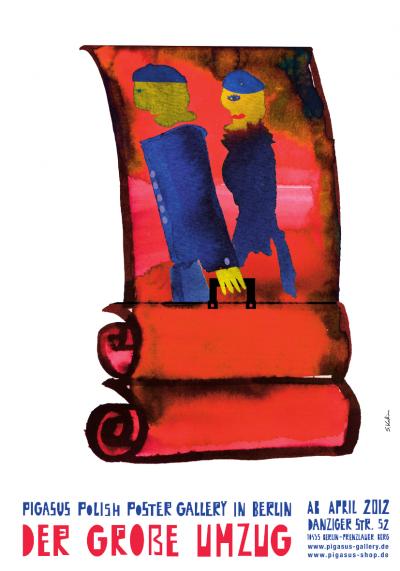

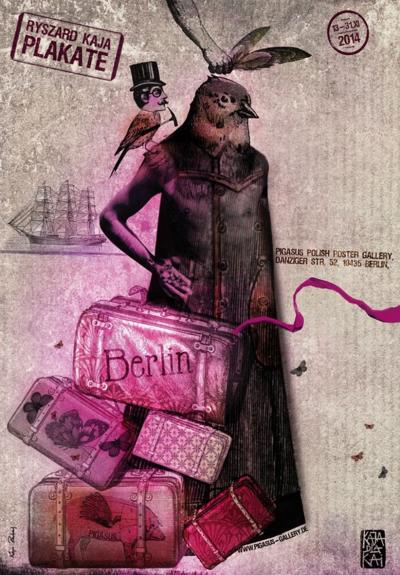
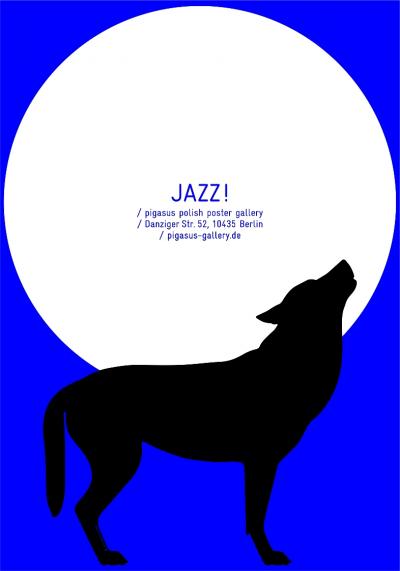


Pigasus-Gallery - Hörspiel von "COSMO Radio po polsku" auf Deutsch


















Were there posters on the Solidarność movement?
M: Yes, but they were more or less spontaneously created with the well-known symbol and writing. Tomasz Sarnecki created the famous poster on the first free elections. 1989 heralded the end of Polish film posters. When major American film companies like Warner and Columbia arrived in Poland they brought their own posters with them. All the same there are still film posters for smaller film companies and at cinemas, naturally with a smaller print run. In the 1980s the print runs varied from between 6000 and 22,000; nowadays it’s nearer 300. Circus posters ceased to exist after 1989. It was only after privatisation that new commissions were given for poster art. Nowadays there are many private theatres that receive support from the state and who commission posters. Today it is more the problem that private theatres can no longer afford advertising spots in the city.
Jugendstil posters are an important part of museum stocks. Do you have such posters in your collection?
M: No. These objects are too expensive. They were lithographs with very small print runs.
What do you think of the most recent boom Polish poster art?
M: Today there are two waves. On the one hand there are designers who want nothing more to do with the old school of Polish poster art and have no desire to be called poster artists. They have an international orientation and work exclusively with computer programmes. There’s also a second wave: this consists of artists who orientate their work on the so-called “Polish poster school”, whose greatest models are Tomaszewski and Lenica. Even though they work with computers they have often studied painting beforehand. But today they also produce great posters. J: There is nothing particularly personal about design posters, nothing individual. Naturally there are also good solutions and every theme has its own particular fascination. But it is no longer possible to identify particular artists. Designers orientate themselves on the people who commission them.
Further reading:
Krzysztof Dydo / Agnieszka Dydo: PL 21. Polski plakat 21 wieku / The Polish poster of the 21st century, Krakau 2008
Zdzisław Schubert (Hrsg.): Plakat musi śpiewać! / The poster must sing!, Nationalmuseum Posen / Muzeum Narodowe w Poznaniu, Poznań 2012
Dorota Folga-Januszewska: Ach! Plakat filmowy w Polsce, Lesko, 2. ed. 2015





















































































